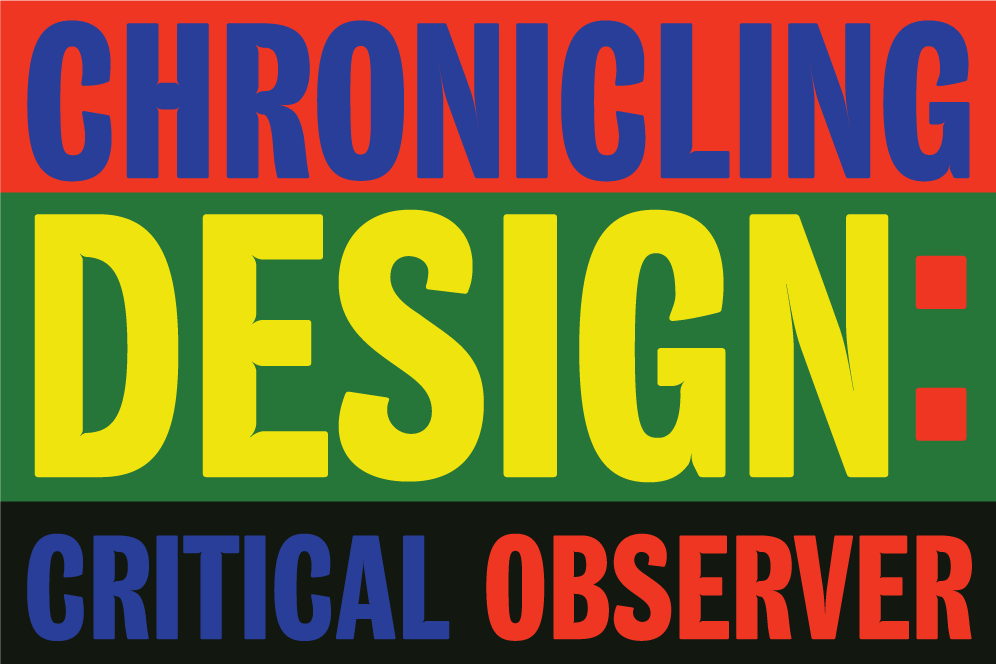by Heather Snyder-Quinn, Katherine Krcmarik, Gareth Fry and Samantha Flora
Writing is essential for design education to further the discipline, to advance design education through critique and exploration of new modes of instruction, and for the practical component of obtaining tenure. Design educators need to lead the design field by providing a critical response to the discipline through the lens of practitioner and critical observer. The future of design requires design educators to lend their voices to the conversation to determine the course for design education and the practice of design through the dual role of designer and design reviewer.
Design educators wear several hats as writers. Their scholarship may appear in a variety of mediums including blogs, web sites, social media, journals, essays, publications, and books. In the classroom they are required to provide syllabi, briefs, instructional material, and critiques. Additionally, within the institution they write items such as teaching philosophies, grant proposals, and occasionally design manifestoes.
The role of writing achieves different goals according to the individual design educator. For example, a designer may need to explore their personal feelings on a topic prior to being sensitive to the outcomes of their research. Conversely, a designer may need to research and report their findings in order to substantiate their work and inform their concept.
Another reason why designers should write is because as image makers, we need to be involved in the scholarly discourse of analyzing the visual culture we are creating. When a designer is able to articulate their point of view and help to define others, they are able to refine the role design plays within visual culture. This is beneficial to educators as it helps solidify their approach to teaching students how to be more informed and formative designers of their own work. This helps to perpetuate more thoughtful designers into the community.
Finally, there are the practical reasons for which a designer would write; to gain notoriety and be published. This helps designers be seen as experts in their topic, validating them and their research and work. As the climate of education is increasingly competitive, having published work helps a designer become a more valuable candidate for tenured track positions. The benefit of having expert faculty in design education is an advantage to the institutions themselves, to the students of those institutions, and to the design community as a whole.
While writing is a tremendous and often underused method of disseminating important design research, by deeming it a necessary scholarship requirement we lose the potential to have a creatively diverse faculty—some of whom have more singular expertise and strengths. It would be a disservice to design education, which thrives on various methods of discourse, if we were to homogenize the scholarship requirement of our faculty.
However, given the relatively shorter time span in which scholarship in design has lived, and a lack of mentorship and venues for designers to write and publish, it is in our best interest for advancing design as a discipline to encourage this area of scholarship, and possibly consider new methods other than traditional media in which writing can communicate our research. Perhaps even a task force that includes a breadth of educators across the globe and from a variety of institutions from art and design school to computing who can brainstorm widely as to other methods “writing” can play a part in dissemination. Why must it live in a blog, a journal? Does peer review limit creativity? What about MIT Media Lab’s Journal of Design and Science—Pub Pub? How do we encourage writing between academia and industry and collaboration across institutions?
Tenure requirements aside, the exact role writing should play in the lives of design educators varies from educator to educator and from institution to institution. We as design educators need to careful consider and evaluate those over time as we continue to develop this typically visually dominated field from practice into full discipline. Mysneakers | Nike Air Force 1’07 Essential blanche et or femme – Chaussures Baskets femme – Gov


